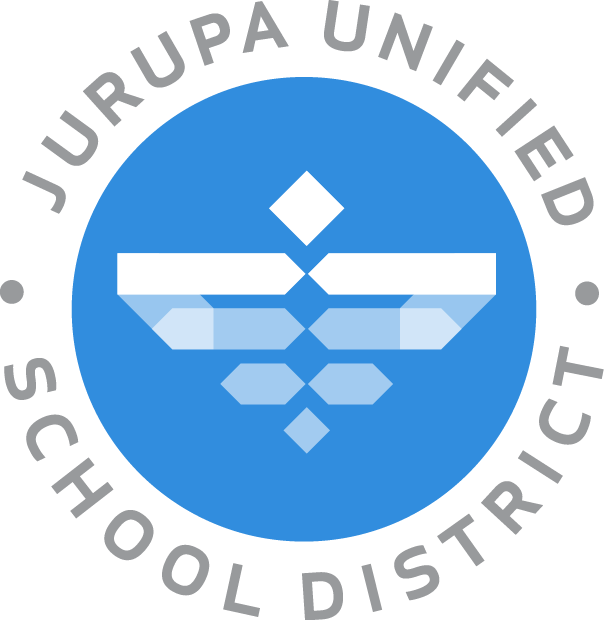-2.jpg) The Jurupa Middle School project includes a campus-wide renovation of the 72-year-old school with remodels of 33 classrooms, new roofing, flooring, windows, doors, and lighting as well as new concrete pathways and landscaping. The project augments last year’s construction of a new front office and classroom building at the front of the school.
The Jurupa Middle School project includes a campus-wide renovation of the 72-year-old school with remodels of 33 classrooms, new roofing, flooring, windows, doors, and lighting as well as new concrete pathways and landscaping. The project augments last year’s construction of a new front office and classroom building at the front of the school.
The Troth Street project includes a new multipurpose room (MPR), office, library, classroom renovations, and the construction of 12 new classrooms. Portable classrooms will be replaced with permanent buildings and new playground spaces also will be added to the 74-year-old school.
Both projects are expected to be completed in fall, 2025.
“Our district is dedicated to providing safe, modern, and relevant learning environments for our students, so we just truly appreciate students and staff allowing us to come onto their campuses to complete these projects and look forward to them enjoying the fruits of our labor,” said Robin Griffin, JUSD Director of Planning and Development.
Jurupa Unified has completed numerous construction, modernization, and infrastructure upgrade projects over the past several years. Projects have included modernizations of several campuses, new CTE spaces; stadium renovations, and numerous playground, infrastructure, and security upgrades. In addition, the district purchased nearly 40,000 Chromebooks to allow every student access to essential technology tools they need to be successful.
A significant amount of work goes into each project even before the physical work takes place, Mrs. Griffin said.
-2.jpg) “Planning these new construction and modernization projects takes an average of a year and a half to design and get approved by the state architect,” she said.
“Planning these new construction and modernization projects takes an average of a year and a half to design and get approved by the state architect,” she said.
Most of the district’s completed projects were funded by Measure EE, a $144 million facilities bond measure approved by voters in 2014.
The Jurupa Middle and Troth Street renovation projects, along with the new Elliott N. Duchon Concert Hall at Rubidoux High School, were paid for with $72 million in State School Facility Program matching funds. Matching funds are determined on an eligibility basis.
“A district's new construction eligibility is based on its projected need to house additional students,” Mrs. Griffin said. “Modernization eligibility is site-specific and based on buildings being at least 25 years old. Funds are provided on a 50/50 state and local sharing basis for new construction, which means the district must contribute a matching share of the state grant towards the new construction project.
“State modernization matching funds are provided on a 60/40 state and local sharing basis. Only local funds can be used toward the district match. The important thing to remember about the state matching grants is that if districts do not have local matching funds, the district cannot access the state grants, " she said.
In addition to Troth Street and Jurupa Middle, several other projects are also currently underway. These include:
-
New stadium lights and a scoreboard at Patriot High School
-
Shade structures at 9 campuses (more coming in the future)
-
Security cameras and Rapid Emergency Response reporting stations at sites across the district
-2.jpg) “We have many, many schools that are over 50-60 years old and those schools are in need of modernization,” said Paula Ford, Assistant Superintendent of Business Services. “Any time, just like a home, when it’s 50-60 years old, there’s a point where you have to replace. You can no longer maintain.”
“We have many, many schools that are over 50-60 years old and those schools are in need of modernization,” said Paula Ford, Assistant Superintendent of Business Services. “Any time, just like a home, when it’s 50-60 years old, there’s a point where you have to replace. You can no longer maintain.”
Improving school facilities helps the entire community.
“There’s a lot of things that happen when you upgrade a school,” Mrs. Ford said. “You also see the neighborhood actually start to upgrade. It kind of comes alive again.”
“It also shows that we care about all of our kids, no matter where our students attend in the district. Allowing them to be in an environment…that is conducive to learning…that helps our students.”

